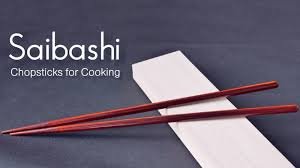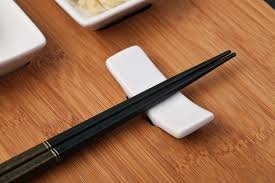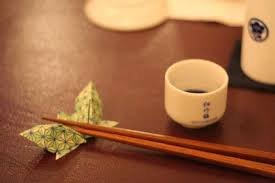Chopsticks are more than just utensils; they are a symbol of East Asian culture, embodying centuries of tradition, etiquette, and craftsmanship. From their ancient origins to their modern-day applications, chopsticks have played a pivotal role in shaping dining practices and cultural identities across various Asian countries.
Table of Contents
The Origins of Chopsticks
The history of chopsticks dates back over 3,000 years to ancient China. Archaeological evidence suggests that the earliest chopsticks were used during the Shang dynasty (16th–11th century BCE), primarily for cooking and serving food. These early utensils were made from bronze and were quite different from the wooden chopsticks commonly used today.
As chopsticks spread to neighboring countries, each culture adapted them to fit their unique culinary practices and aesthetic preferences. In Japan, for instance, chopsticks became shorter and more pointed, reflecting the delicate nature of Japanese cuisine. Similarly, Korean chopsticks are often made of metal and are flatter, aligning with the country’s distinct dining traditions.
The Craftsmanship Behind Chopsticks

The making of chopsticks is a revered craft that requires skill and precision. Traditional chopsticks are often handcrafted from materials like bamboo, wood, or ivory. Artisans select the finest materials, ensuring that each pair is balanced and durable.
In Japan, lacquered chopsticks are highly prized. These are coated with layers of natural lacquer, sometimes adorned with intricate designs or inlays of mother-of-pearl. The process is labor-intensive, with each layer of lacquer requiring time to dry and harden before the next is applied. This meticulous craftsmanship results in chopsticks that are not only functional but also works of art.
Cultural Significance of Chopsticks
Chopsticks hold deep cultural significance in many Asian societies. In China, they are seen as a symbol of harmony and balance. The act of using chopsticks is often associated with Confucian values, emphasizing respect, discipline, and the importance of family.
In Japan, chopsticks etiquette is an essential part of dining culture. There are numerous customs and taboos associated with their use. For example, it is considered impolite to stick chopsticks upright into a bowl of rice, as this resembles a funeral ritual. Similarly, passing food directly from one set of chopsticks to another is taboo, as it mirrors the bone-passing ceremony conducted during cremation rites.
The Evolution of Chopsticks in Modern Times

While traditional chopsticks remain popular, modern variations have emerged to cater to contemporary needs. Disposable chopsticks, often made from bamboo or wood, are commonly used in restaurants and takeout establishments. These single-use utensils have sparked environmental concerns due to their contribution to deforestation and waste.
In response, many companies are promoting reusable chopsticks made from sustainable materials like stainless steel, bamboo, or recycled plastics. These eco-friendly alternatives aim to reduce the environmental impact associated with disposable chopsticks.
Chopsticks in the Global Context
The use of chopsticks has transcended Asian borders and become a global phenomenon. In Western countries, chopsticks are often used to enjoy Asian cuisines such as Chinese, Japanese, and Korean dishes. Their adoption has led to a greater appreciation for Asian culinary traditions and a broader understanding of cultural diversity.
Moreover, the design and aesthetics of chopsticks have influenced various art forms and design disciplines worldwide. From fashion accessories to home décor, the sleek lines and minimalist design of chopsticks have inspired countless creations.
Also read Medusa Piercing A Comprehensive Guide to the Philtrum Piercing
Conclusion
Chopsticks are more than mere utensils; they are a testament to the rich cultural heritage and craftsmanship of East Asia. Their evolution from simple tools to symbols of tradition and art reflects the enduring importance of food and dining in human society. Whether crafted from bamboo, wood, or metal, chopsticks continue to connect people to centuries of history and culture, serving as a reminder of the shared human experience across different societies.


